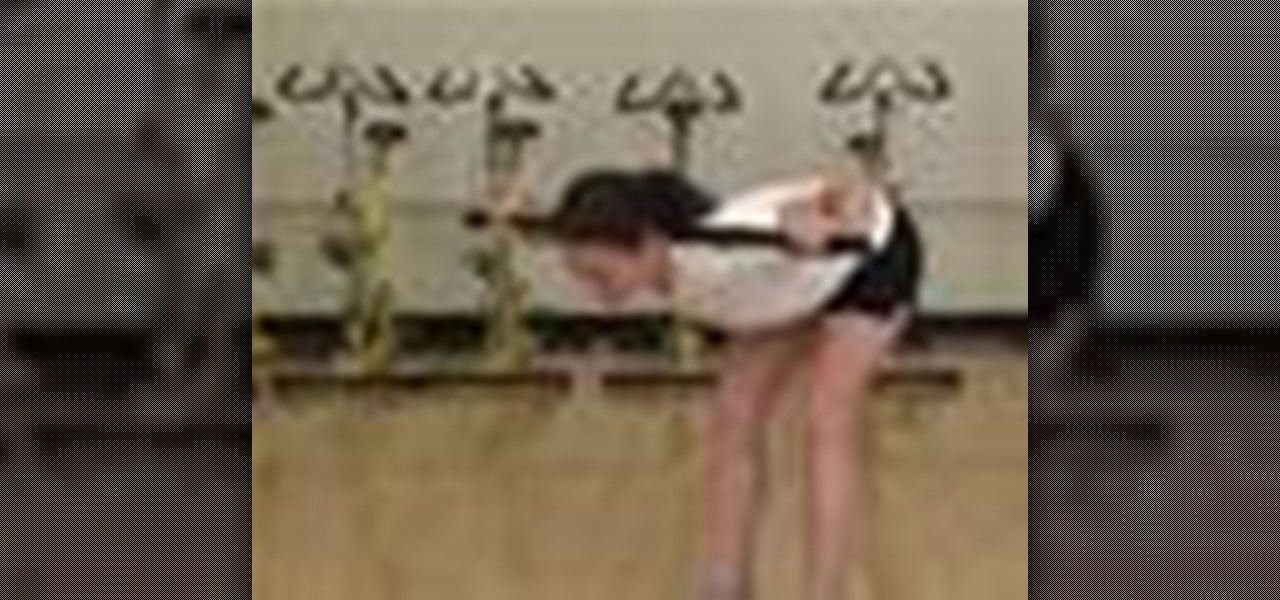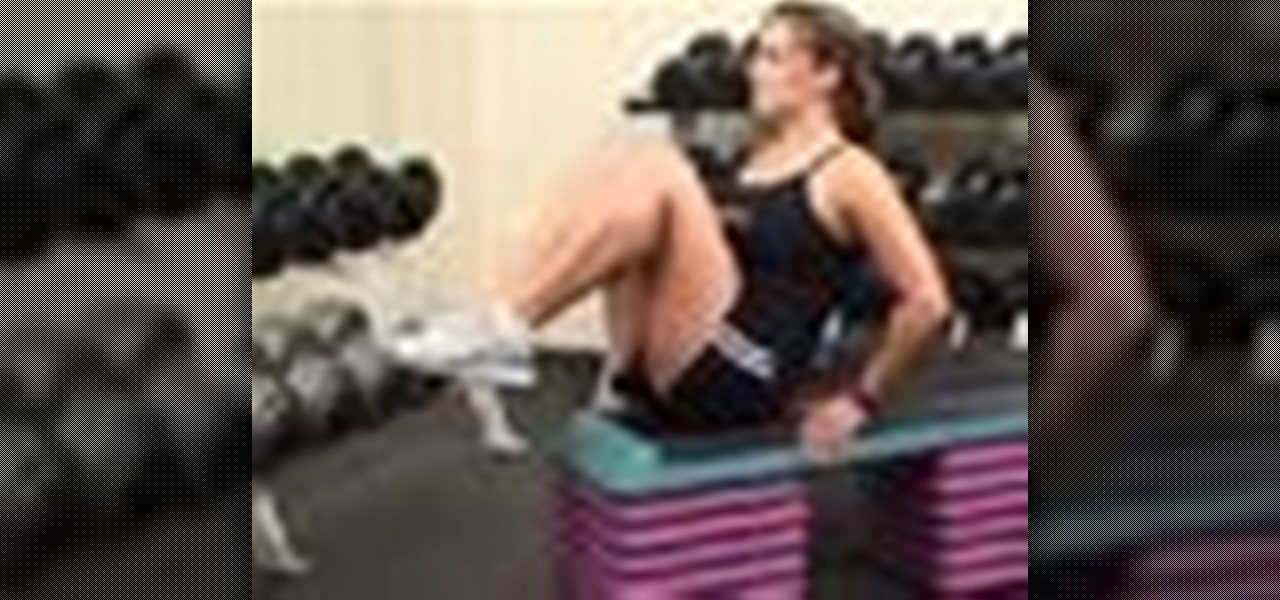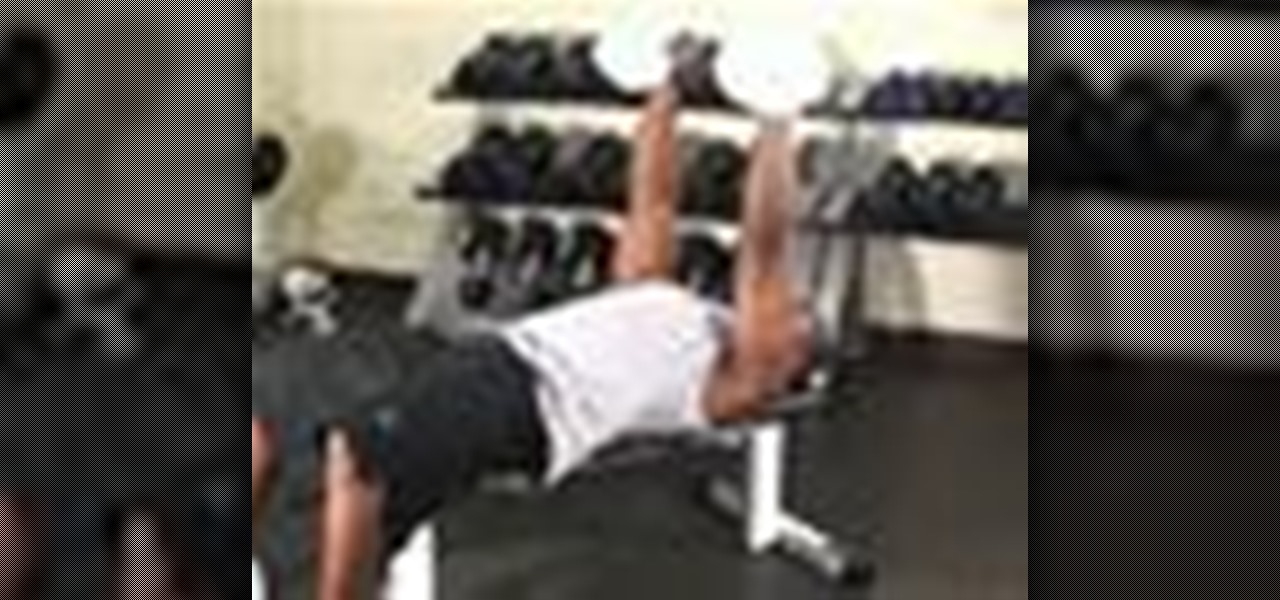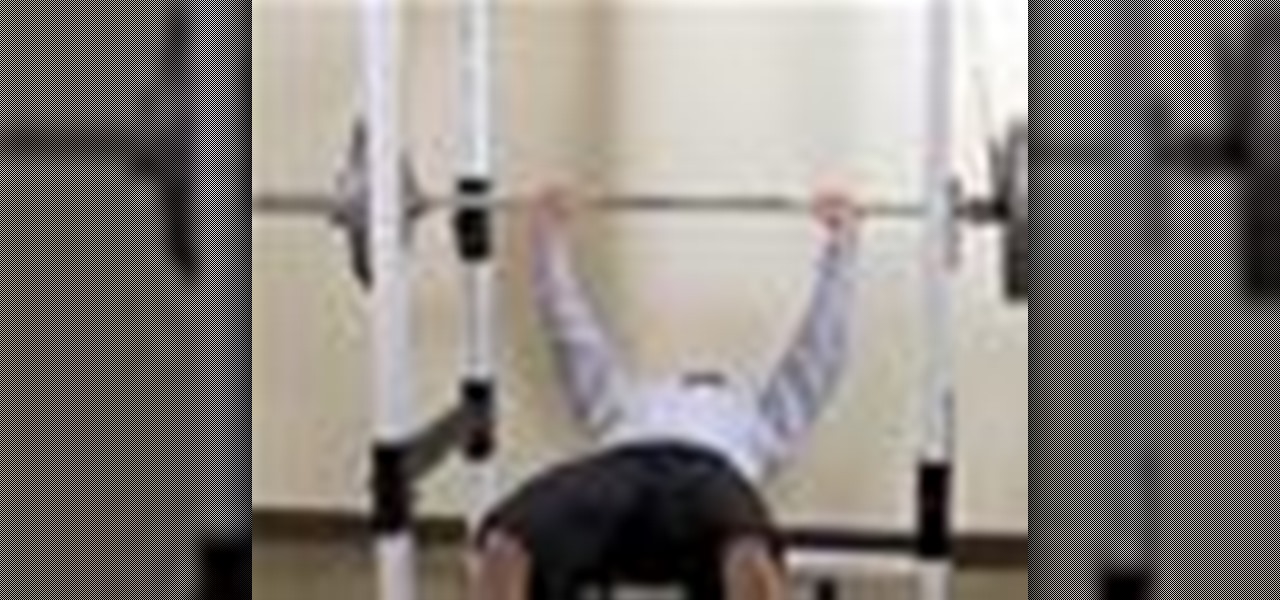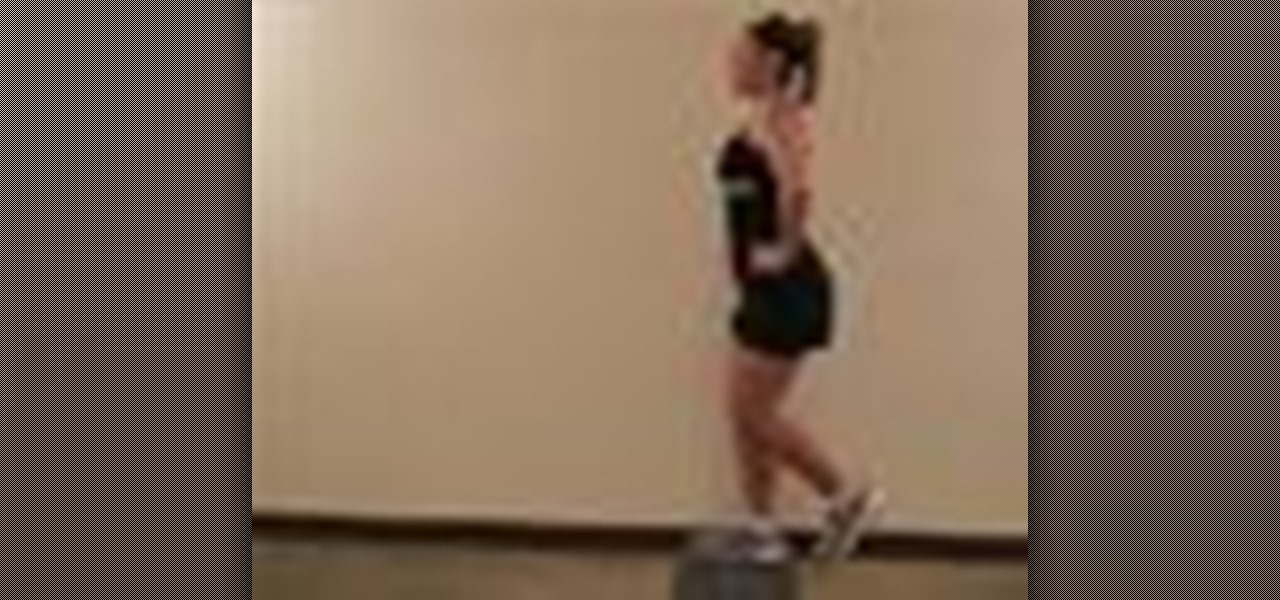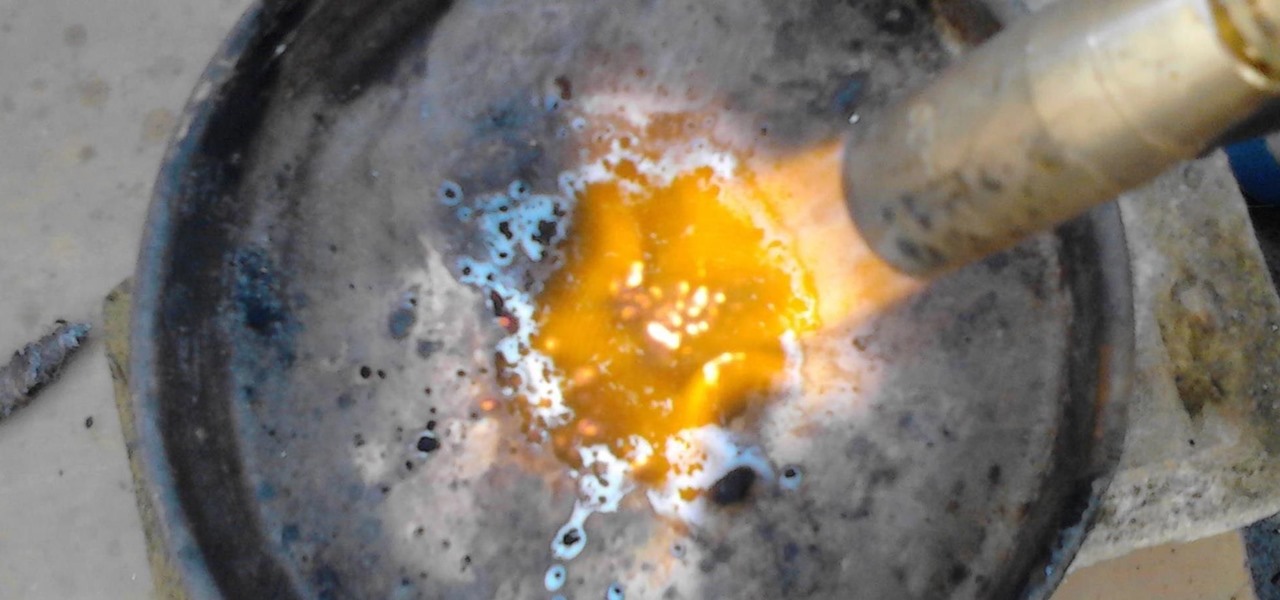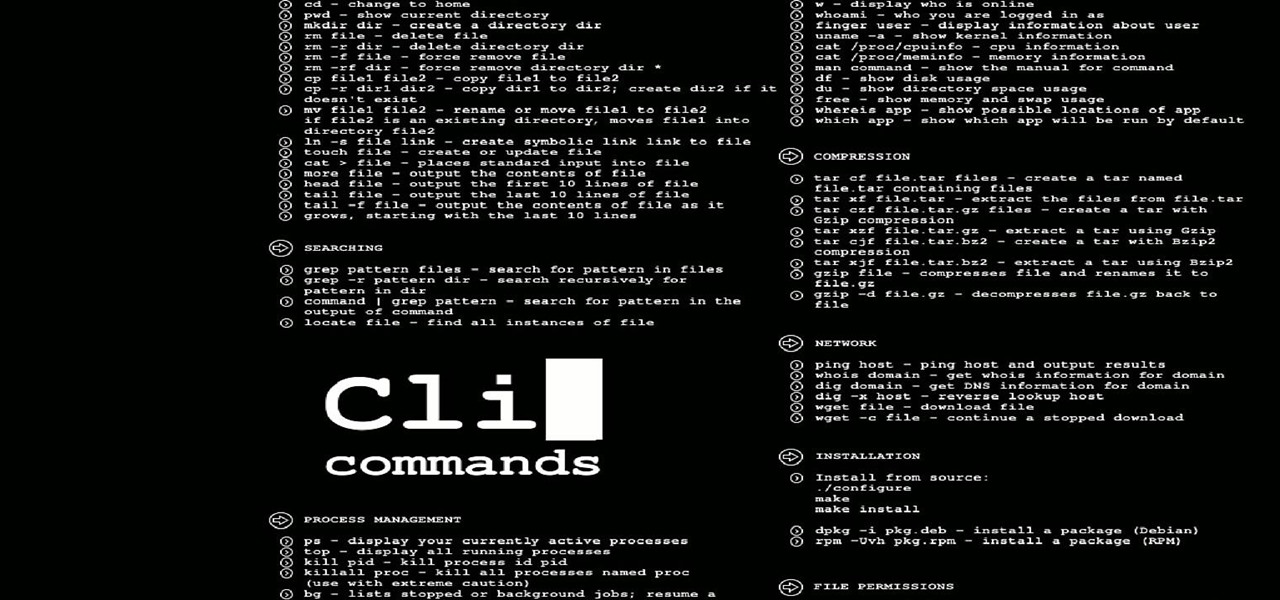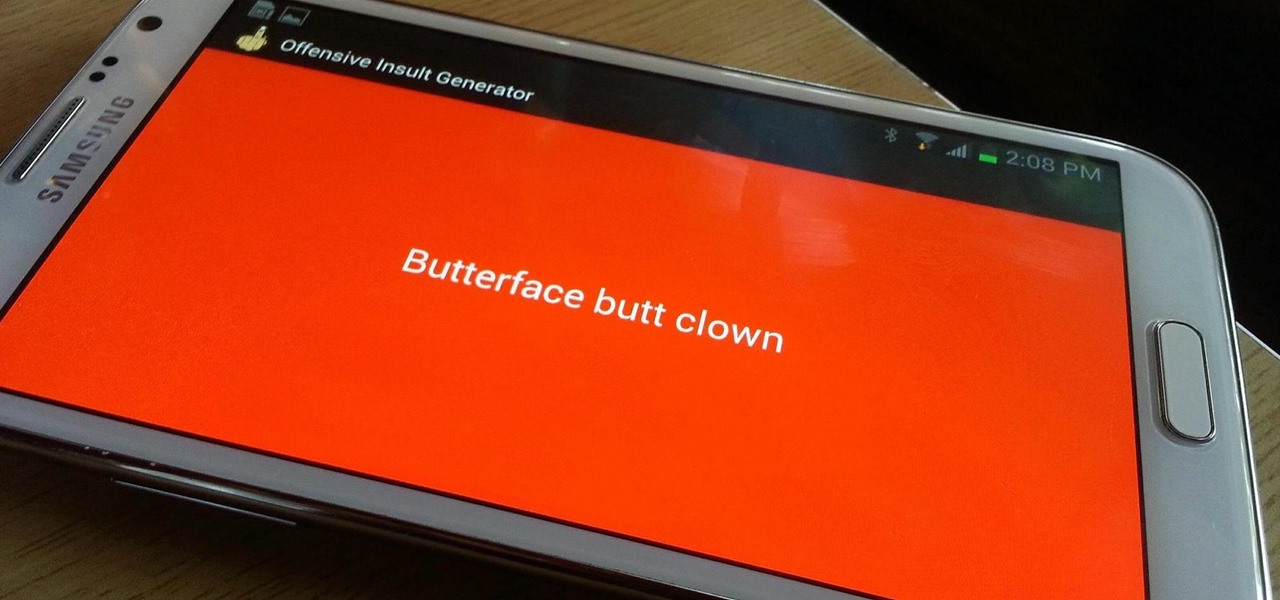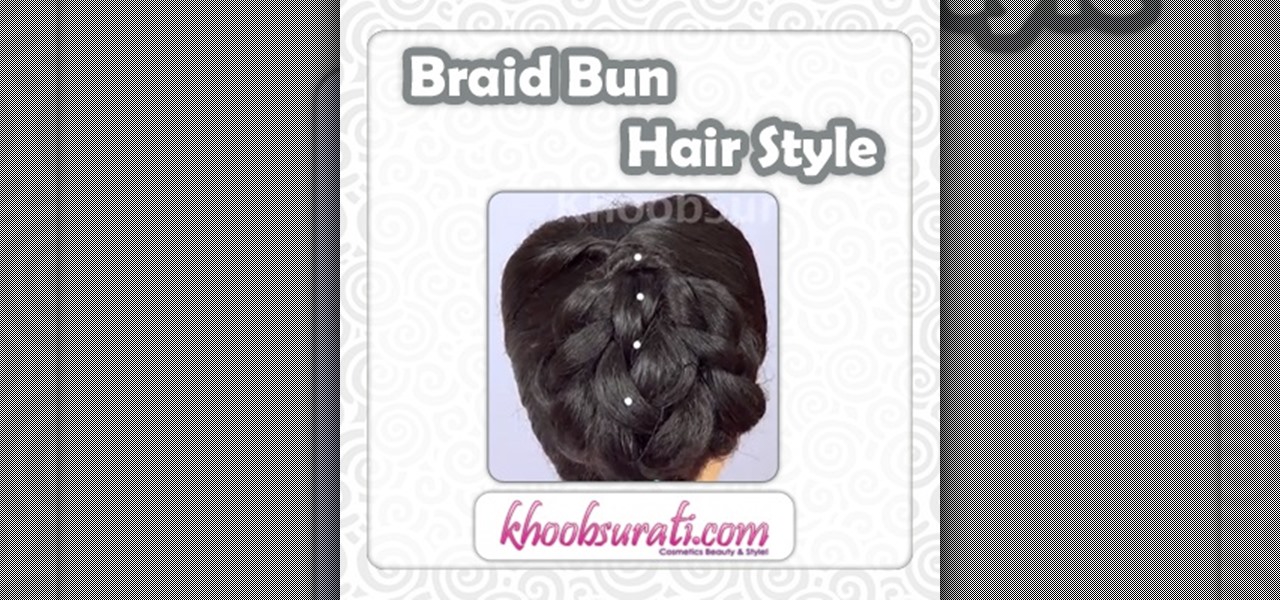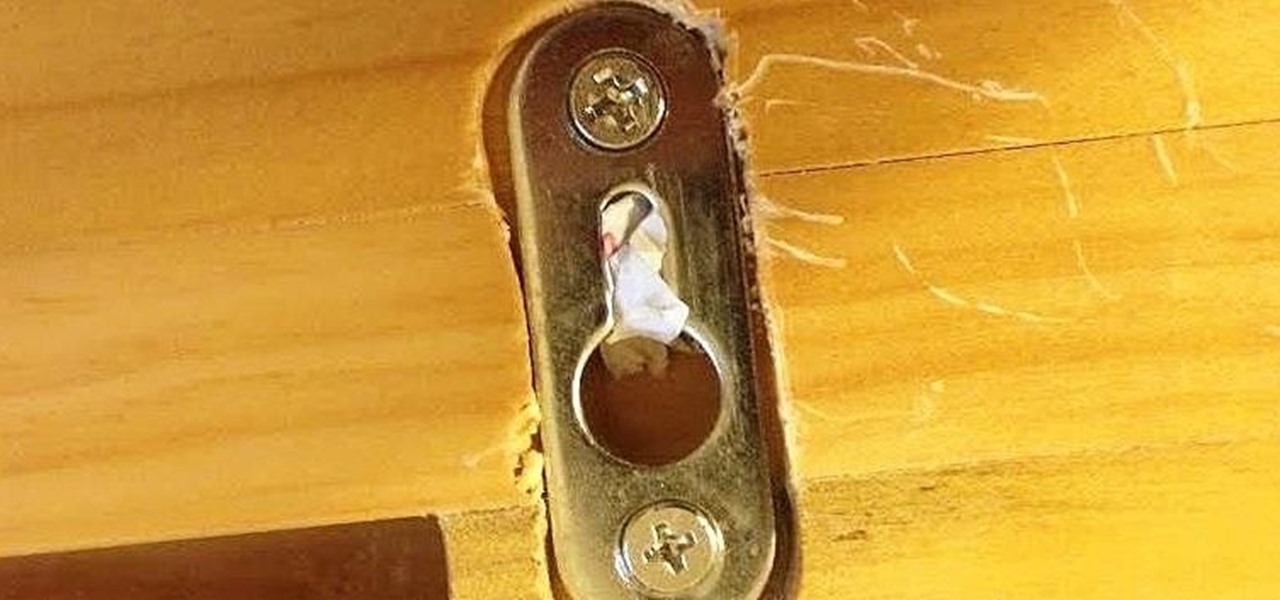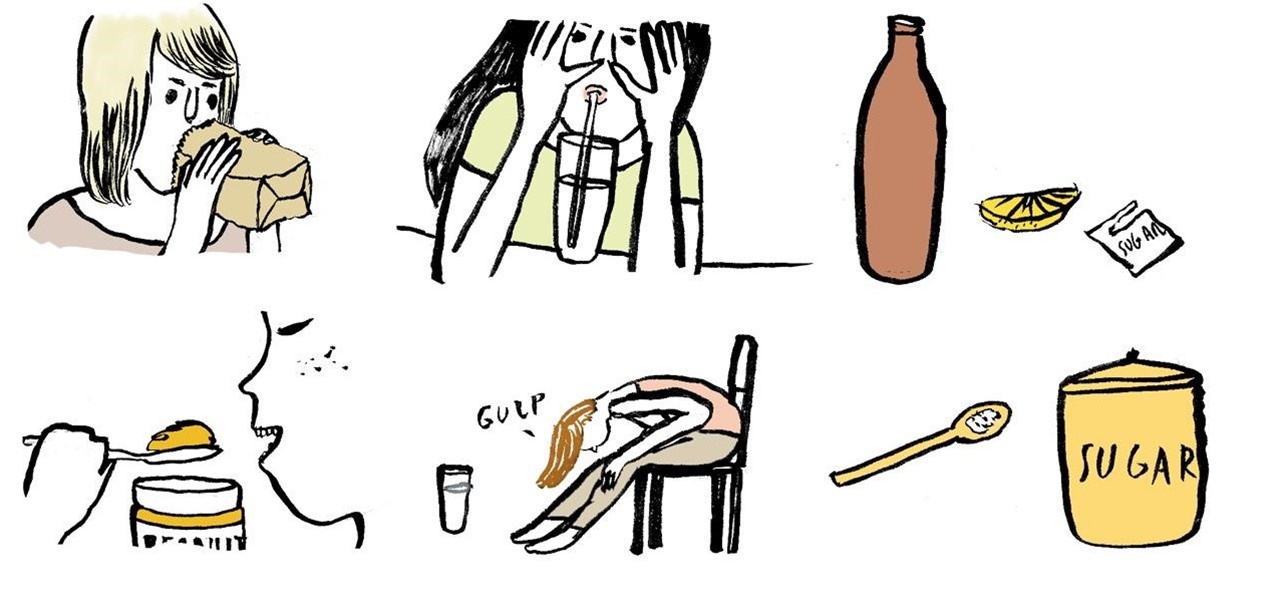
The shoulder or deltoid is made up of three muscular heads: anterior (front), medial (middle), and posterior (rear). Each head plays a different role in how the shoulder moves. The front shoulder raise mainly works the front head of the shoulder, although each head assists with the movement. As with most shoulder exercises, this one can be performed seated or standing. It can also be done one arm at a time or in alternating fashion. Here is how it's done:

External shoulder rotation exercises are done to work the rotator cuff. The rotator cuff consists of four muscles. They include the supraspinatus, infraspinatus, subscapularis, and teres minor. Each muscle works to rotate the arm externally (laterally) and internally (medially). The following are instructions for the cable external rotation shoulder exercise:
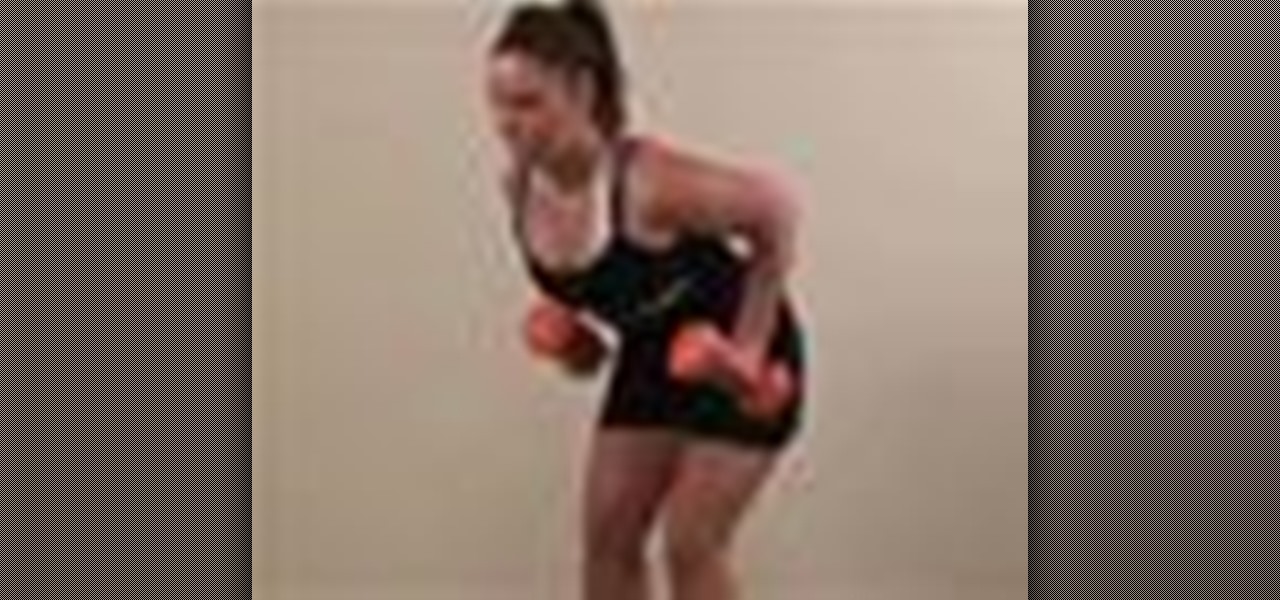
The two arm dumbbell row exercise is used to target the back, primarily the latissimus dorsi or "lats." The lower back is also used in this exercise as a stabilizer. However, many individuals can often mistake this exercise as an arm exercise. While in fact you are incorporating your arms in this routine, it is important to remember that the main focus is the back. When performing this exercise it is very important to remember proper form; failure to do so could lead to back and neck pain.
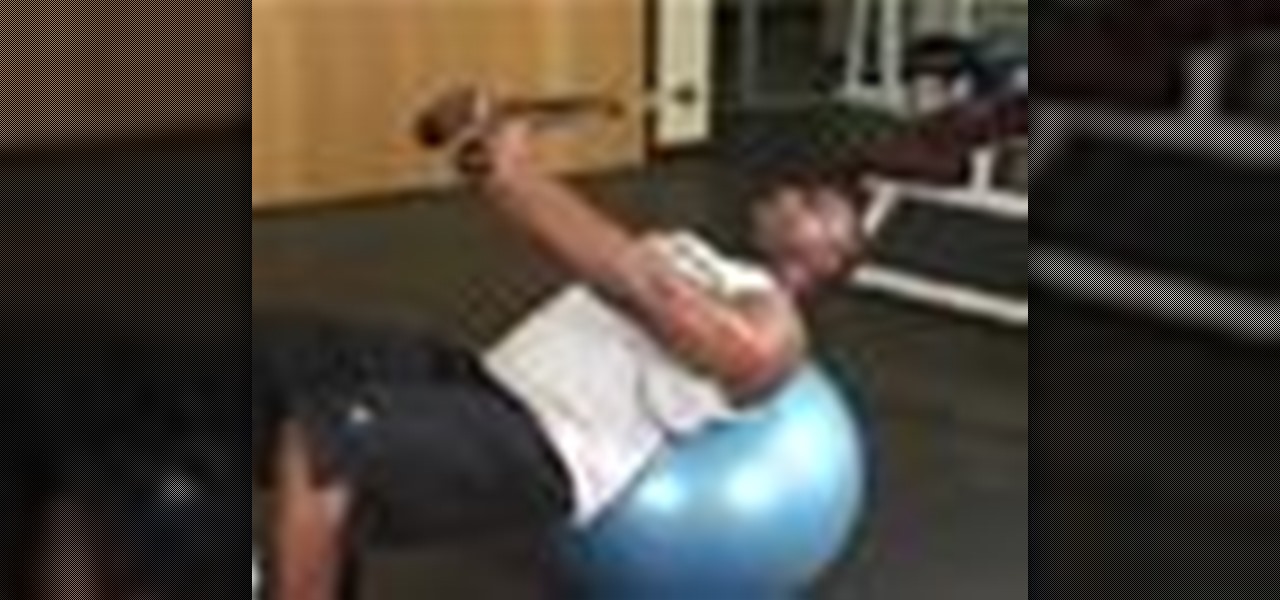
The cable pullover is a great way to work the upper back muscles. This exercise also works just about all the muscles of the upper body to some degree. The largest muscle in the back is scientifically known as the latissimus dorsi. You might see it referred to as the "lats" or "wings." The lats are used any time you pull something. For example, when you open a fridge or a car door, you are primarily using your lat muscles.

The stability ball hyperextension works to strengthen the lower back. Begin by placing your stomach/chest on a stability ball. Your legs should be shoulder width apart and fully extended against a wall behind you. The wall is used to provide leverage during the back extension. Place your hands either on side of the ball or crossed in front of your chest. Next, lift your chest off the ball until the lower back is fully flexed, then slowly return to the starting position. To add difficulty to t...

The superman exercise can be used to work the lower back (erector spinae muscle). This exercise also works the hamstrings, butt, and shoulders. Some experts maintain that the superman exercise overloads the spine in a potentially unsafe manner. Thus, contralateral supermans are usually preferred. The contralateral superman exercise involves raising only one arm and the opposing leg (e.g. left arm, right leg). With this technique, there is a reduced load on the lumbar spine. The following are ...

Good mornings are used primarily to work the lower back muscles. The hamstrings and gluteus muscles are also involved in the movement.

The Smith machine shrug is a great way to target the trapezius muscle. Despite popular belief, the trapezius is not part of the shoulders. It is a back muscle that allows the shoulders to move in different directions (e.g. elevating and lowering the shoulders).

The ball exchange is a fairly simple exercise that can be used to work the core muscles. It should be noted that this exercise requires extensive use of the hip flexors. These muscles reside on the uppermost part of the thigh, and are activated whenever the legs are elevated off the ground from a supine (on your back) position. Supine leg elevation can put a strain on the lumbar spine. Thus, the ball exchange is not recommended for those with lower back issues.

The hip roll is great if you are looking to target the midsection. This exercise is used to target the oblique muscles, which occupy the sides of the midsection. The job of the obliques is to assist with rotation of the torso, as well as basic abdominal contractions.

If you're looking for an easy oblique exercise, try the side crunch. The oblique muscles are used to assist with rotation of the torso, as well as basic abdominal contractions. It is important to note that even though the side crunch is an oblique exercise, the entire abdominal region is being worked.

Here is a simple exercise. Heel touchers are primarily used to work the oblique muscles. The obliques are used to assist with rotation of the torso, as well as basic abdominal contractions. The obliques are commonly referred to as the "love handles." It is important to note that even though the heel toucher is an oblique exercise, the entire abdominal area is being worked. A workout mat or soft surface is recommended.

The double crunch exercise involves two movements: a traditional abdominal crunch and a reverse crunch or knee-in. The reverse crunch portion of this exercise is supposed to target the lower portion of the abdomen. However, it is important to note that whenever the knees move toward the chest from a supine position (on your back), the hip flexors are the prime movers.

The vertical leg crunch is similar to the traditional abdominal crunch. The difference is in the positioning of the arms and legs, as well as the range of motion (the upper back comes higher off the ground). Listed below are instructions for performing the vertical leg crunch:

Are you tired of doing the same exercises for abs? The jackknife crunch may be the answer to your problems. This exercise effectively works the core muscles. It should be noted that whenever the knees move toward the chest (the jackknife motion), the hip flexors are involved. The hip flexor muscles are actually part of the upper leg. They allow you to kick a ball or lift the knee from a standing position (as in running). Thus, if you are trying to isolate the abs, there are better alternative...

Flutter kicks are often used to work the lower abs. Generally, flutter kicks are performed at the end of an abdominal workout when the abs are fatigued. In reality, this exercise does very little for abdominal development. The main muscles worked are the hip flexors. So if you are trying to get the most out of your abs workout, there are better options.

The scissor kick is often used to target the lower abs. However, this exercise does a poor job of working the abs. The hip flexors do most of the work. This exercise can be used in a continuum of ab exercises, but it should not be used as a primary ab exercise.

This exercise is good for abdominal strength and endurance. It is safe and easy to do. The crunch is one of the most incorrectly performed exercises. This exercise works best when done slowly.

If you are looking to add excitement to the traditional abdominal crunch, consider rope climbers. In this exercise, the abs go through a similar range of motion as the classic ab crunch. However, two things make this exercise unique. The first is the "rope-pulling" motion. The second is the range of the upper back and shoulders. They come up a bit higher than in the crunch.

Here is a unique way to train the abs. The resistance band crunch is ideal for abdominal strength and endurance. It is safe and easy to do. This version of the resistance band crunch is done from a kneeling position. An exercise mat is recommended.

The prone (face down) bridge or plank is a great exercise if you are trying to develop the core. This exercise is unique in that it is done from a static position. There are no repetitive movements. The prone bridge strengthens the lower back, as well as several muscles in the upper body. If you are new to exercise, consider starting with a modified version of the prone bridge, then progress to a full bridge. A workout mat is recommended.

The modified prone (face down) bridge or "plank" is a great exercise if you are trying to develop the core muscles. This exercise is unique in that it is done from a static position. There are no repetitive movements. The modified prone bridge strengthens the lower back, as well as several muscles in the upper body. A workout mat is recommended.

This version of the chest press is ideal for those who may not have weights available. It is also great if you are simply looking to try something new. For this exercise, you will need two gallon-size water jugs. Fill the jugs with water as needed.

The one arm dumbbell chest press is perfect for strengthening the pectoralis (chest) muscles. Most chest exercises involve compound movements, or the use of more than one joint. Invariably, the triceps and anterior deltoid are often involved in chest exercises.

The use of heavy duty resistance bands (also referred to as "Powerlifting Bands") as a strength training aid has become increasingly popular over recent years. The bands are used for accommodating resistance; a technique that involves creating maximal tension throughout a full range of motion.

The use of heavy duty resistance bands (also referred to as "Powerlifting Bands") as a strength training aid has become increasingly popular over recent years. The bands are used for accommodating resistance; a technique that involves creating maximal tension throughout a full range of motion.

If traditional supine bridges become too easy, you can try to progress to the one leg version. This exercise is going to work your glutes like none other. Your hamstrings and lower back are also heavily engaged during this exercise. The single leg bridge requires an advanced level of fitness. This is generally true in cases where one leg is being used to support the majority of your bodyweight. Another factor that makes this exercise difficult is that it is perform using a Swiss ball (unstabl...

The step-up is a great exercise for the muscles of the upper leg. It effectively works the thighs, hips, and butt. The calf muscles work as synergists during the step-up exercise. They assist with balance. The step-up exercise can either be done one leg at a time or alternating between legs.

The use of chains as a strength training aid has become increasingly popular over recent years. Chains are used for accommodating resistance; a technique that involves creating maximal tension throughout a full range of motion.

The sumo squat works all leg muscles, although it can also be used to target the inner thighs. This exercise can be performed with or without weighted resistance. The key to this exercise is to stand with the feet beyond shoulder width. The wide stance forces the inner thigh muscles to work harder. The toes should be turned out.

Live Photos are a fun way to relive memories, but there's a problem: unless you're only friends with Apple users, sharing Live Photos isn't quite as fun. Without a third-party converter, you can't share your Live Photo in all its moving glory. That is, until iOS 13, where you can quickly turn your Live Photos into videos.

If you are obsessed with anyone on Instagram to the point where you never want to miss another post again, then Instagram has got you covered. Built within the app, there's a neat little trick to turn on notifications everytime someone you like posts.

Good news for those of us who are both directionally impaired and like to hold our own concerts while driving: Waze and Spotify are teaming up to make your drive easy to navigate with a sweet soundtrack.

In this experiment, we're going to get Mn2O3 (manganese(III) oxide) from MnO2 (manganese(IV) dioxide). Mn2O3 forms brightly red or a dark red colored crystal. It is used in Li-ion batteries, since (in a form of a crystal) it conducts electricity (much like MnO2).

Hello everyone on null byte this is my first tutorial This Tutorial Is on Useful Lesser Known Commands on Linux

Terminal is powerful tool that every Mac OS X user should explore. With it, we've shown you how to save iPhone voicemails, extract and back up text messages, and even check for vulnerabilities in your system, all using commands issued from within Terminal.

I can't begin to tell you of the many times my friends and I get into arguments that eventually lose any semblance of structure, becoming shouting matches where we just lob the stupidest, meanest insults we can fathom.

How To Do Braid Bun Hair Style Tutorial For Beginners!!!! Check-Out this awesomely cool Braid Bun Hair Style which has been especially made for all the fashionable and Contemporary Girls. Made in few easy and simple steps, this modish hairdo will take your elegance quotient to a new level. Step 1: Comb Your Hair and Make Them Smooth and Tangle Free.

You can spend all day putting up shelves and still have them end up crooked. Even if you've got a stud finder or a level, it's still easy to make mistakes, and a few millimeters is all it takes to screw make a shelf noticeably uneven. If you find yourself in this predicament, the worst part is that correcting the problem usually means repeating the entire process from the beginning, though you'll be left with unwanted holes in the wall. But redditor Swedish__Chef__Bork__x3 found a way to fix ...

Most bouts of hiccups tend to go away on their own, but every so often there's that stubborn hiccuping fit that seems to last for hours. In these cases, you have to get creative and nip them in the bud by trying a few simple home remedies.








